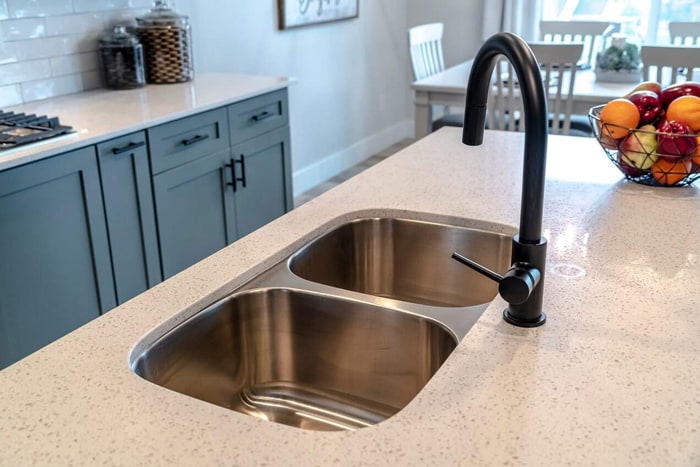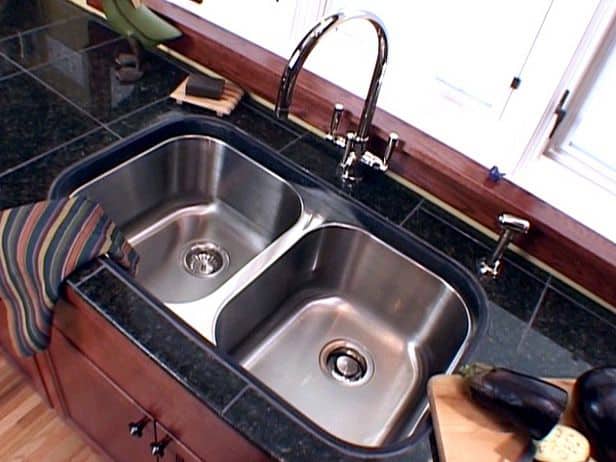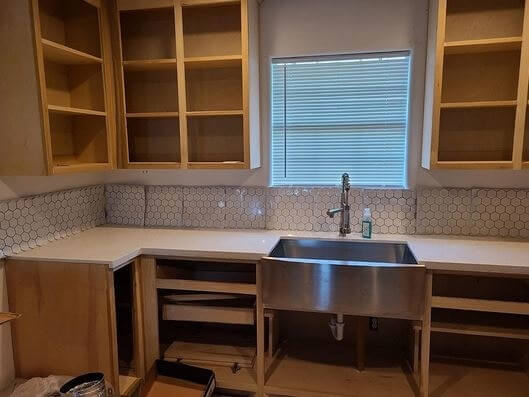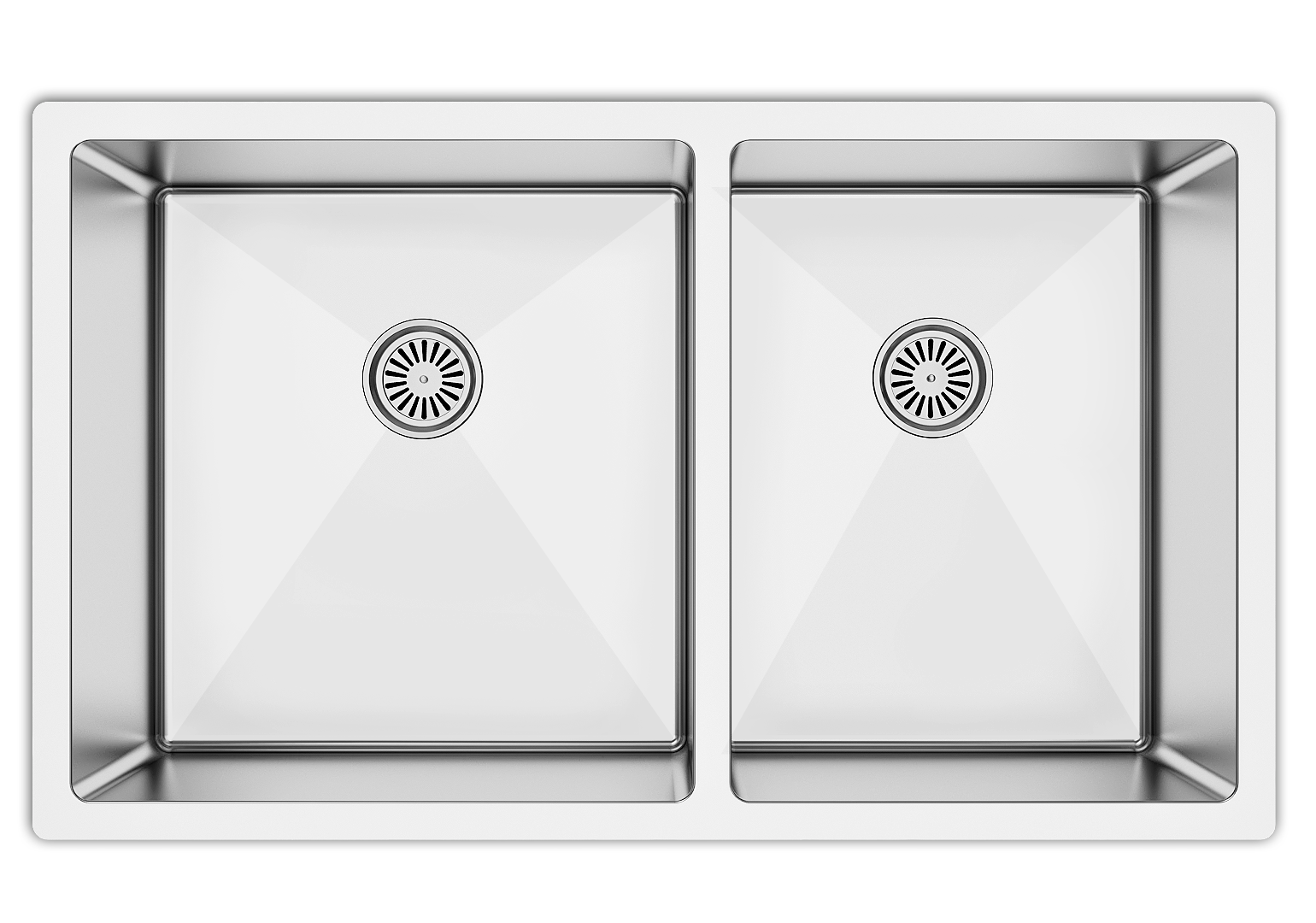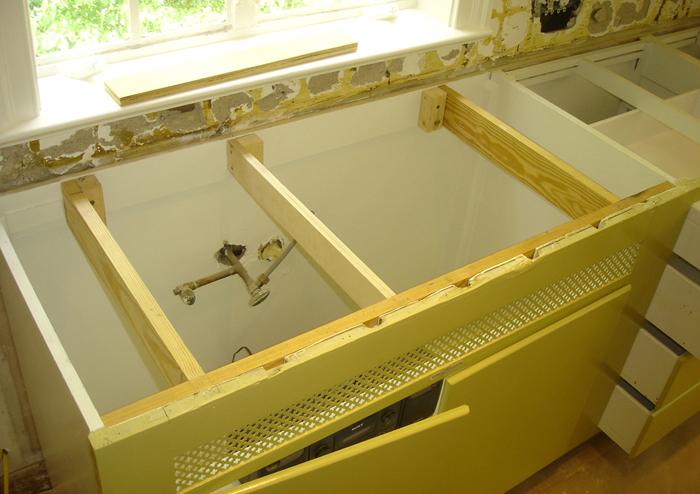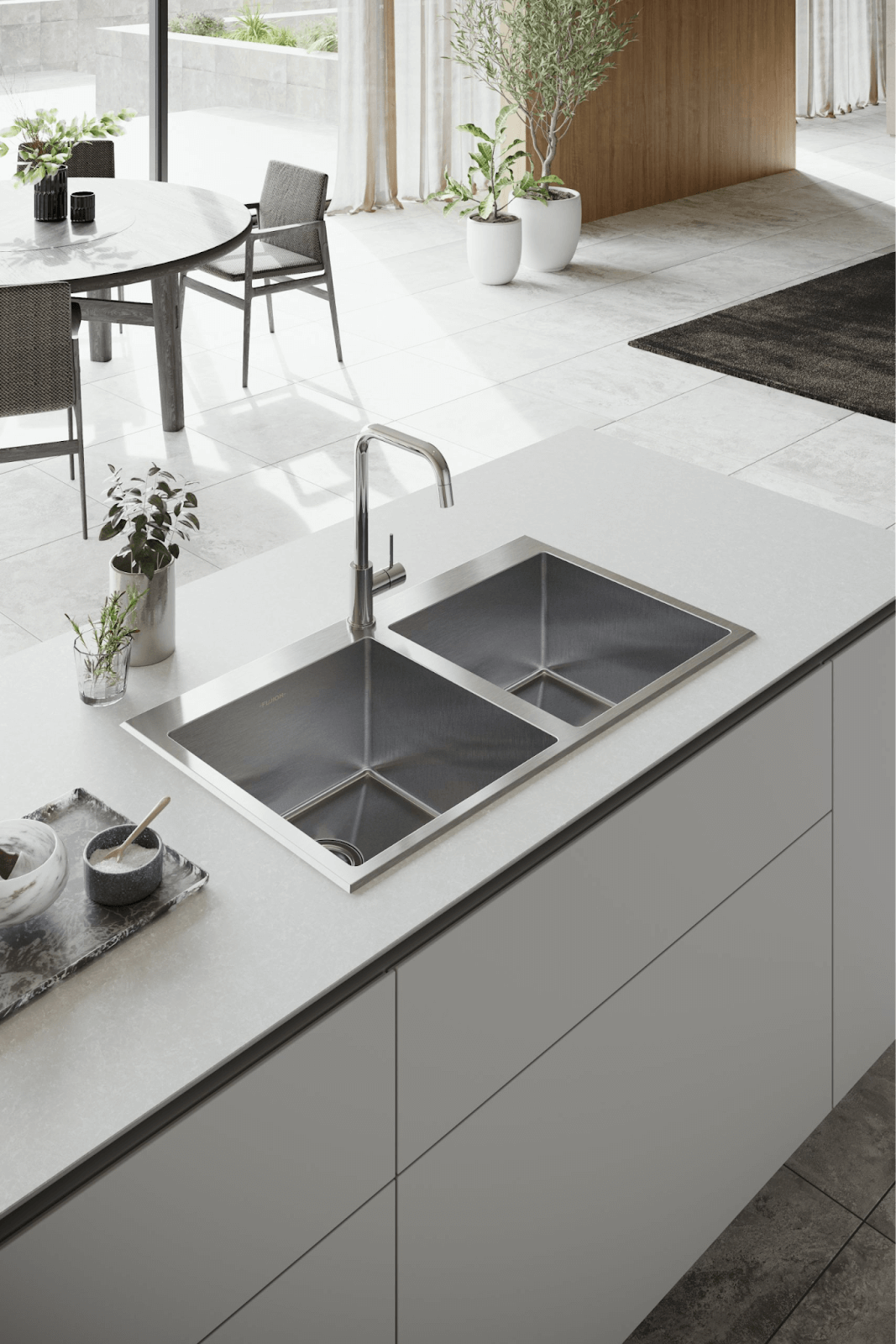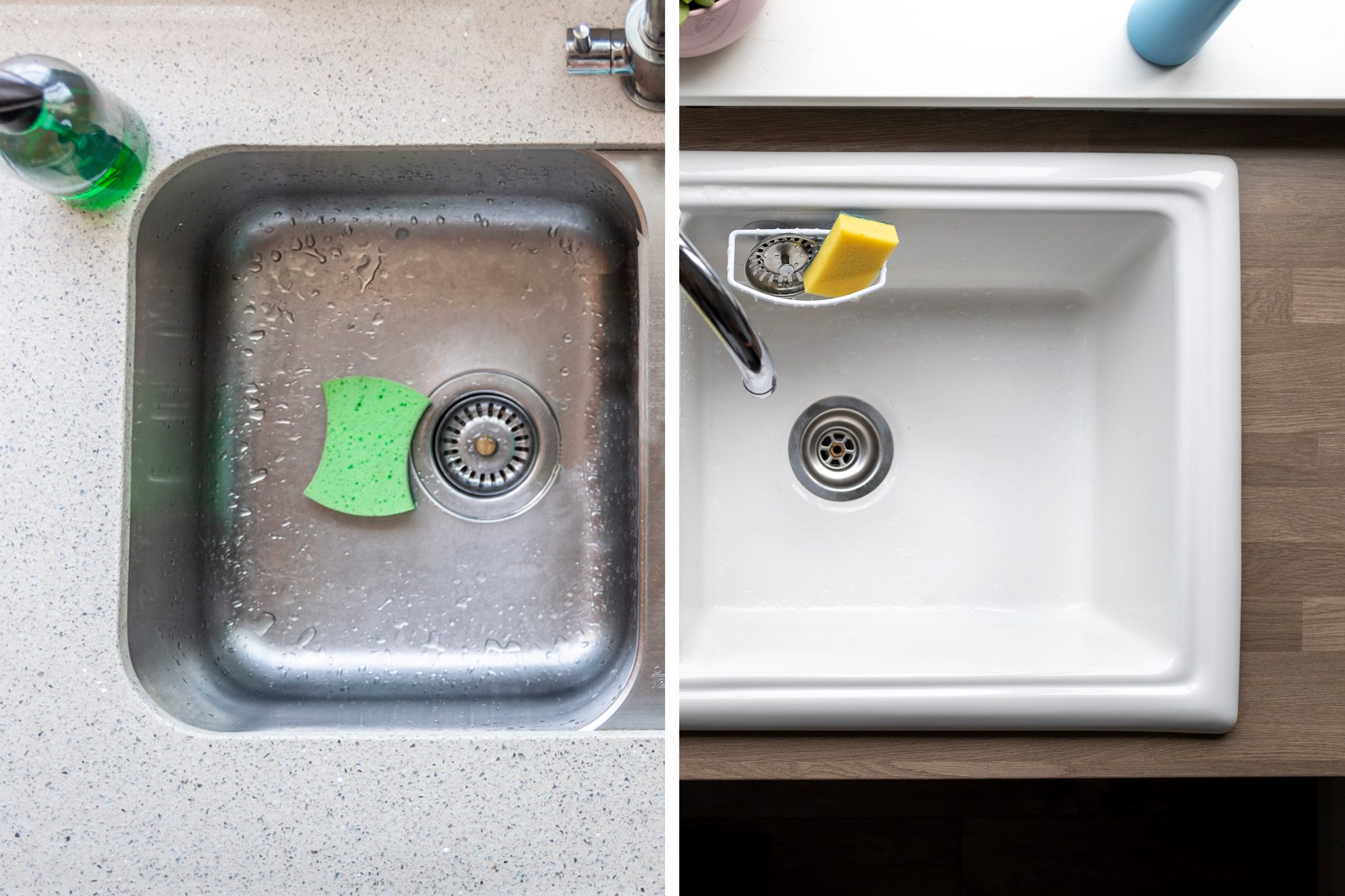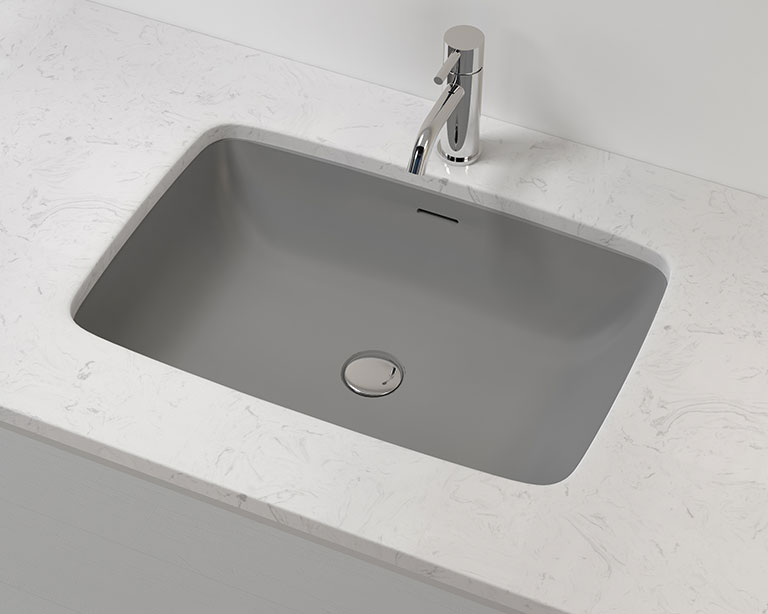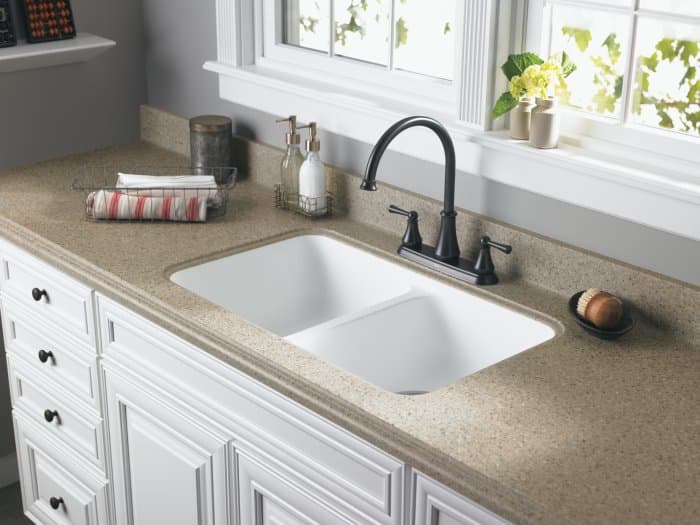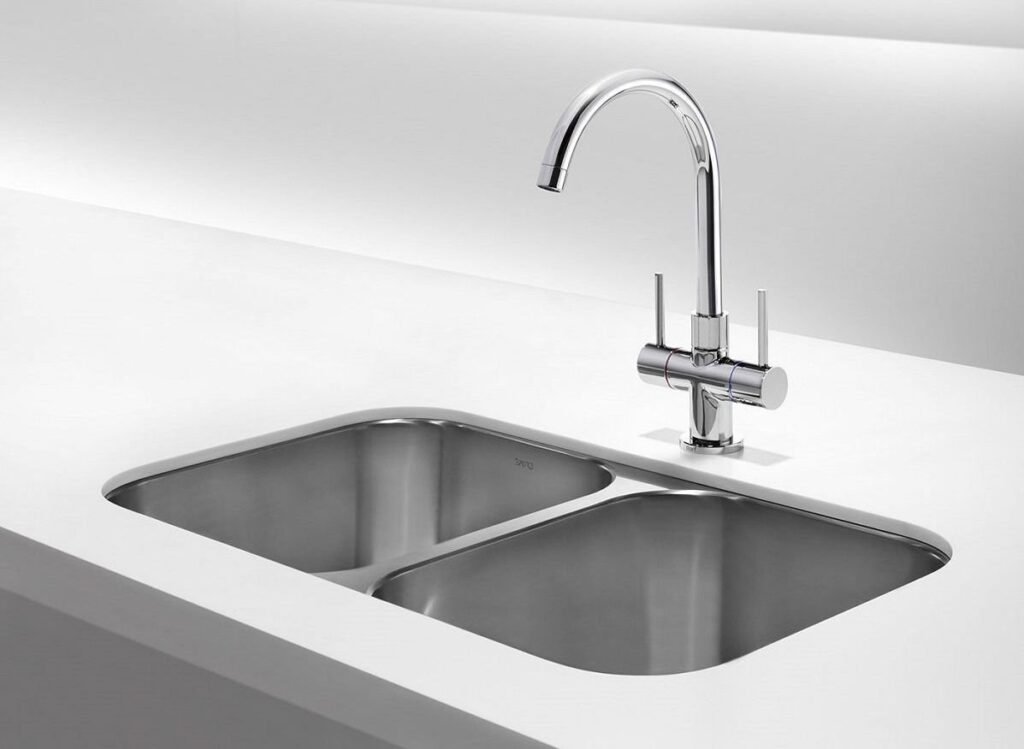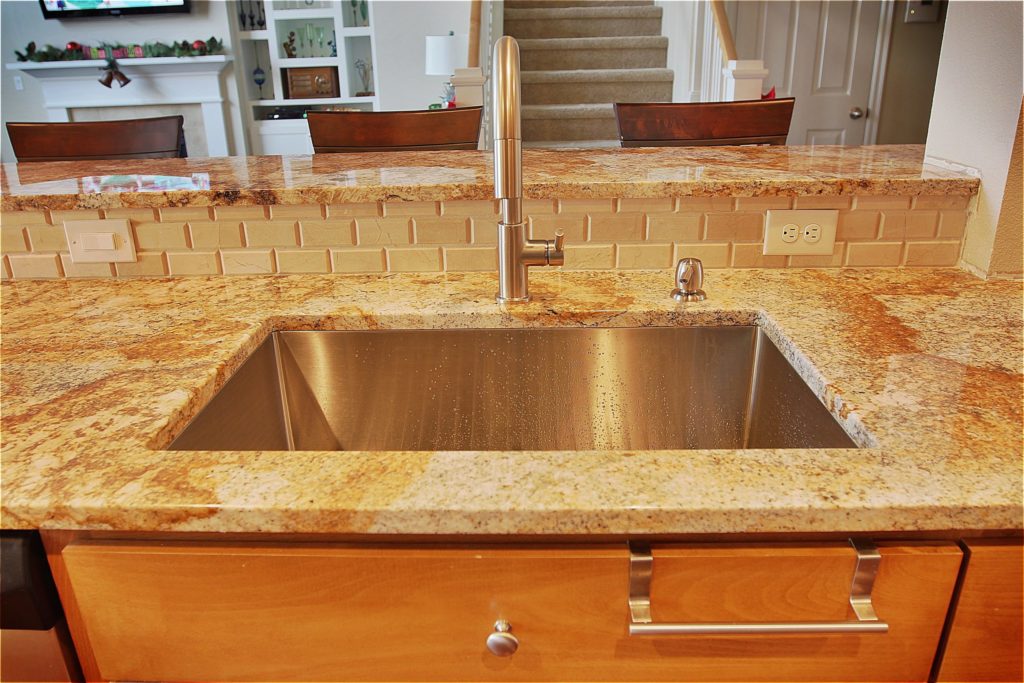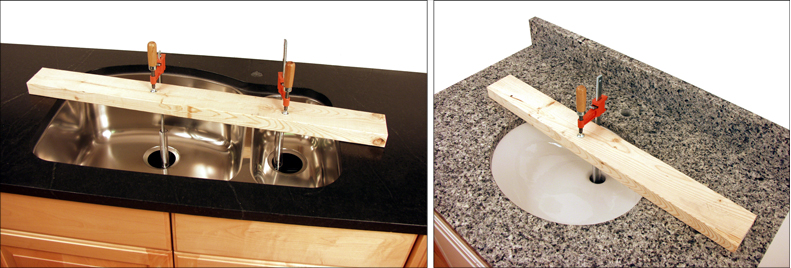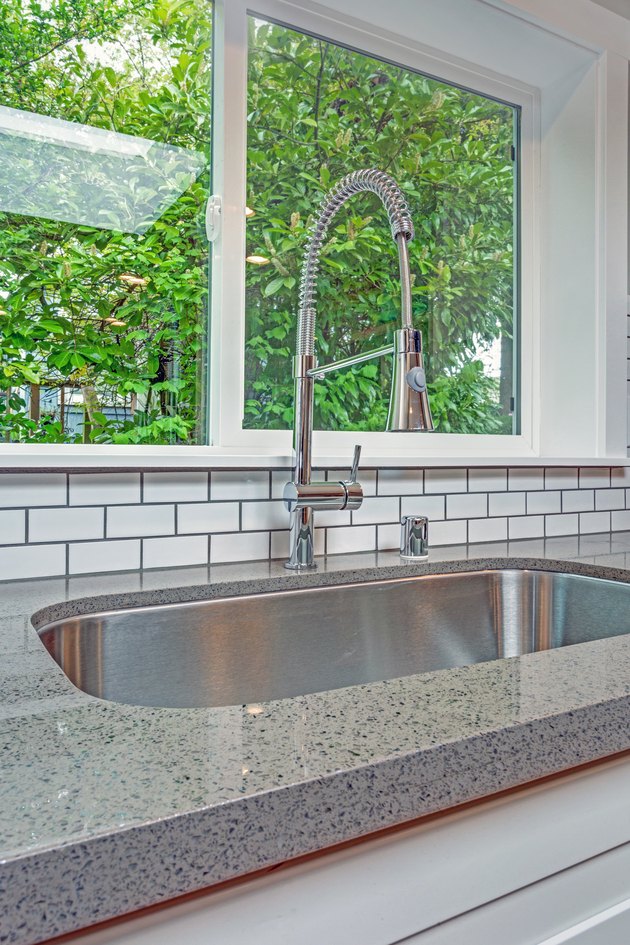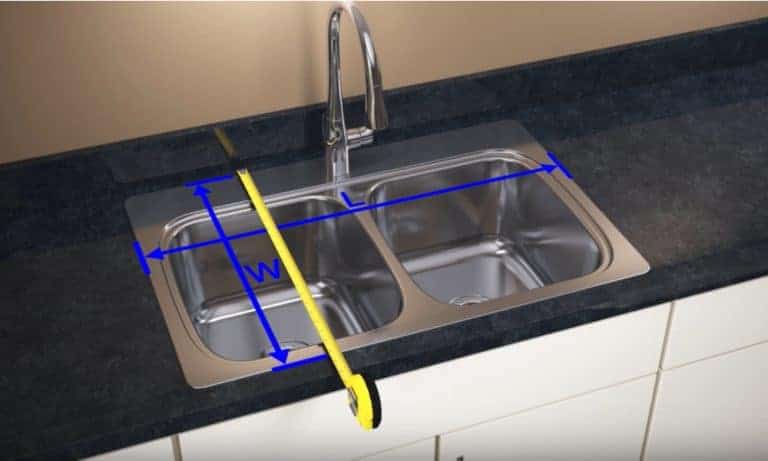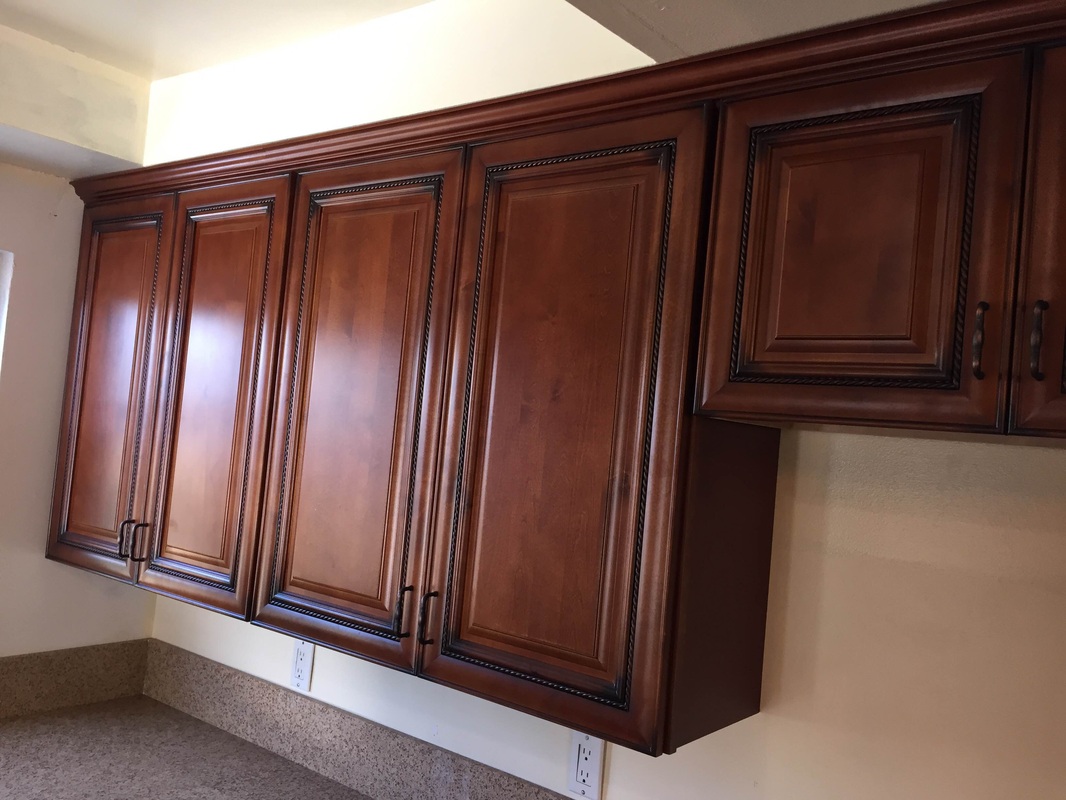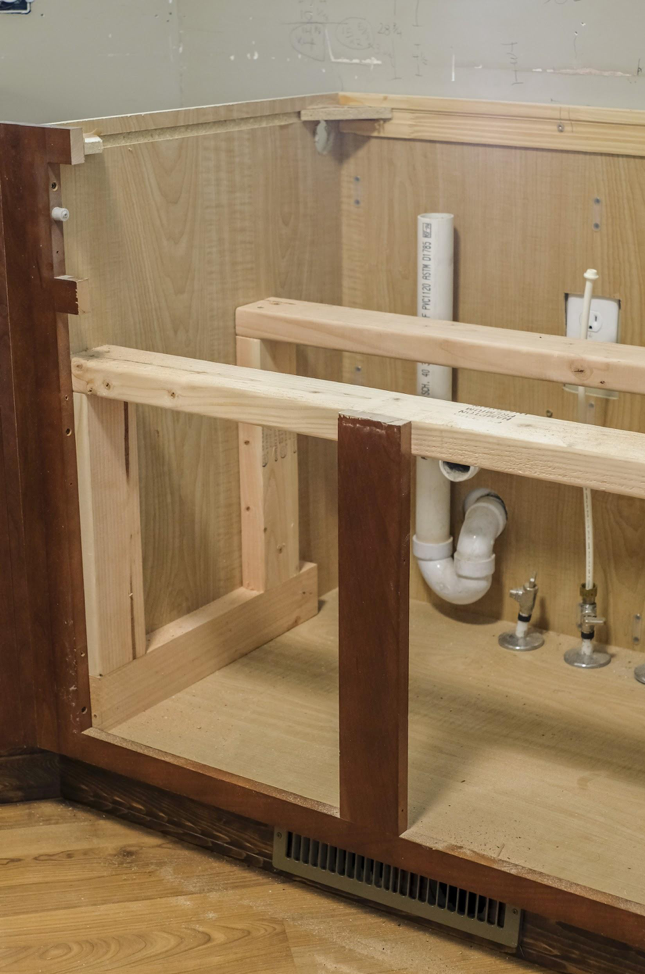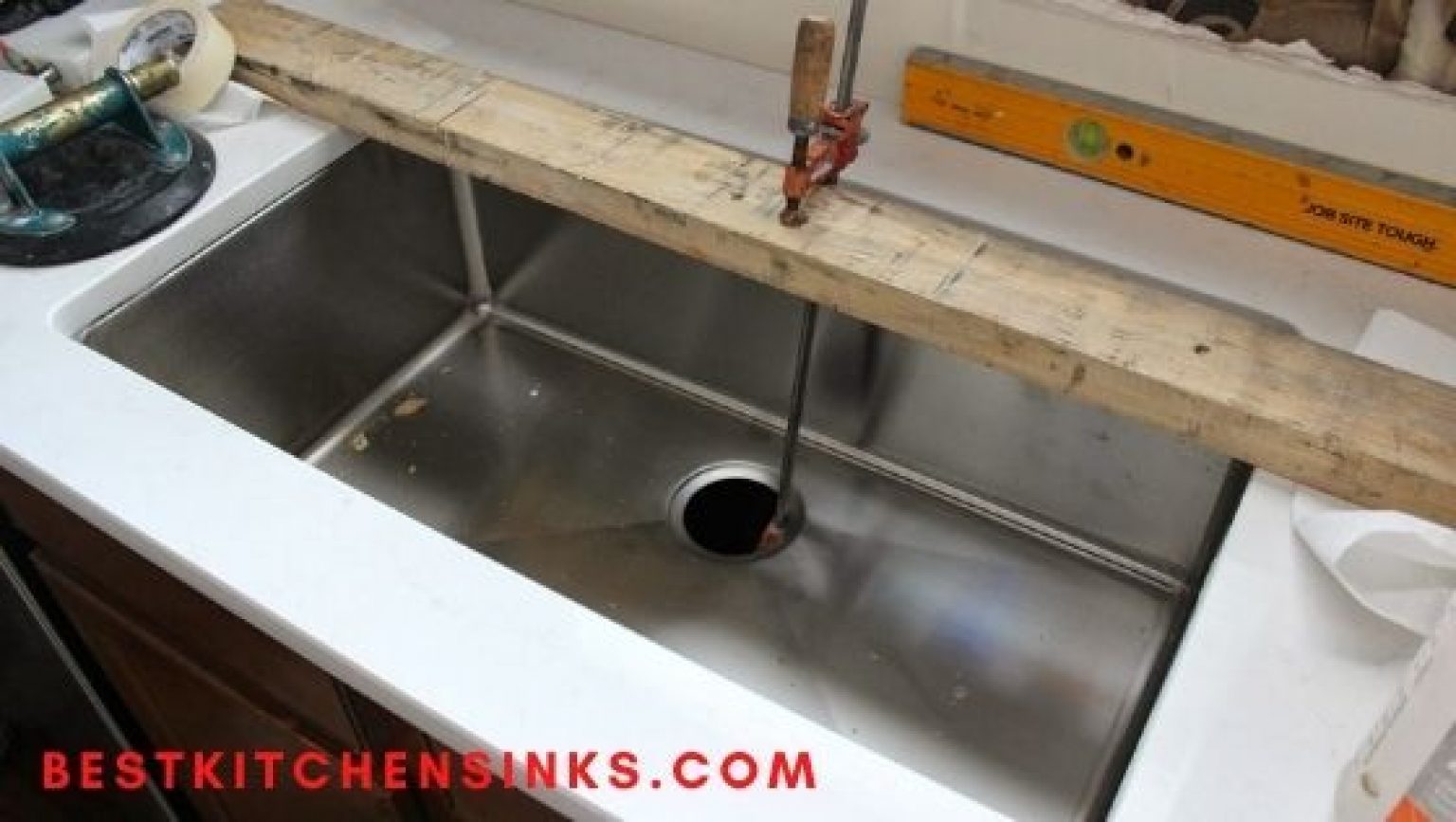Installing an undermount kitchen sink is a great way to add a sleek and modern look to your kitchen. Unlike traditional drop-in sinks, undermount sinks are installed underneath the countertop, creating a seamless and clean appearance. However, this type of installation requires careful planning and execution to ensure a successful and long-lasting result. Whether you are a DIY enthusiast or planning to hire a professional, here are 10 things you need to know before starting your undermount kitchen sink installation.Undermount Kitchen Sink Installation: 10 Things You Need to Know
If you are planning to install your undermount kitchen sink by yourself, it is important to understand the steps involved in the process. Firstly, you will need to remove the old sink and prepare the countertop for the new sink. This includes measuring and cutting an opening in the countertop, as well as reinforcing the edges to support the weight of the sink. Next, you will need to attach the sink to the underside of the countertop using special clips and seal it with silicone. Finally, you will need to install the plumbing and connect it to the sink. It is crucial to follow the manufacturer's instructions and use the right tools and materials for a successful installation.How to Install an Undermount Kitchen Sink
For a more detailed guide on undermount kitchen sink installation, follow these steps:Step-by-Step Guide to Installing an Undermount Kitchen Sink
While DIY undermount kitchen sink installation may seem like a daunting task, there are some tips and tricks that can make the process easier and more successful. Firstly, make sure to have all the necessary tools and materials before starting the installation. This includes a sink template, a jigsaw, a drill, silicone, and sink clips. It is also important to measure the sink and countertop carefully to ensure a perfect fit. Additionally, make sure to follow the manufacturer's instructions and watch tutorial videos before starting the installation. If possible, have a friend or family member assist you during the process for smoother and more efficient work.DIY Undermount Kitchen Sink Installation: Tips and Tricks
Before deciding to install an undermount kitchen sink, it is important to consider the pros and cons of this type of installation. One of the biggest advantages of undermount sinks is their sleek and modern appearance, which can instantly elevate the look of any kitchen. They also make cleaning the countertops easier as there are no edges for food and debris to get caught in. However, undermount sinks can be more expensive and require professional installation. They also tend to be shallower, which may not be suitable for those who need a deep sink for washing large pots and pans.Pros and Cons of Undermount Kitchen Sink Installation
To ensure a successful and long-lasting undermount kitchen sink installation, it is important to avoid common mistakes that can lead to problems in the future. One of the most common mistakes is not properly reinforcing the edges of the countertop, which can cause the sink to sag or detach over time. It is also crucial to use the right type of silicone and sink clips for a watertight seal. Another mistake to avoid is not properly aligning the sink with the countertop, which can result in an uneven and unprofessional-looking installation. Common Mistakes to Avoid When Installing an Undermount Kitchen Sink
As mentioned earlier, having the right tools and materials is crucial for a successful undermount kitchen sink installation. Here is a list of the essential items you will need:Tools and Materials Needed for Undermount Kitchen Sink Installation
Measuring for an undermount kitchen sink is an important step in the installation process. This will ensure that the sink fits perfectly into the opening in the countertop. To measure for your sink, follow these steps:How to Measure for an Undermount Kitchen Sink
Deciding whether to hire a professional or do the undermount kitchen sink installation yourself depends on your level of experience and comfort with DIY projects. While hiring a professional can ensure a perfect and hassle-free installation, it can also be more expensive. On the other hand, DIY installation can be more cost-effective, but it requires careful planning and execution to avoid potential problems. If you are not confident in your skills, it is best to hire a professional to ensure the best results.Professional vs. DIY Undermount Kitchen Sink Installation: Which is Right for You?
Choosing the right undermount kitchen sink is not just about the size and style, but also about the material and features. Stainless steel is a popular choice for its durability and versatility, while porcelain and granite composite sinks offer a more elegant and unique look. You should also consider the depth and number of bowls based on your cooking and cleaning needs. Additionally, look for features such as soundproofing and protective coatings to enhance the functionality and longevity of your sink. Now that you know the top 10 things you need to know before installing an undermount kitchen sink, you can confidently tackle this project and achieve a beautiful and functional kitchen. Remember to take your time and follow the instructions carefully for the best results. Whether you choose to hire a professional or do it yourself, an undermount kitchen sink is sure to add value and style to your home. How to Choose the Right Undermount Kitchen Sink for Your Installation
Why Choose an Undermount Kitchen Sink?
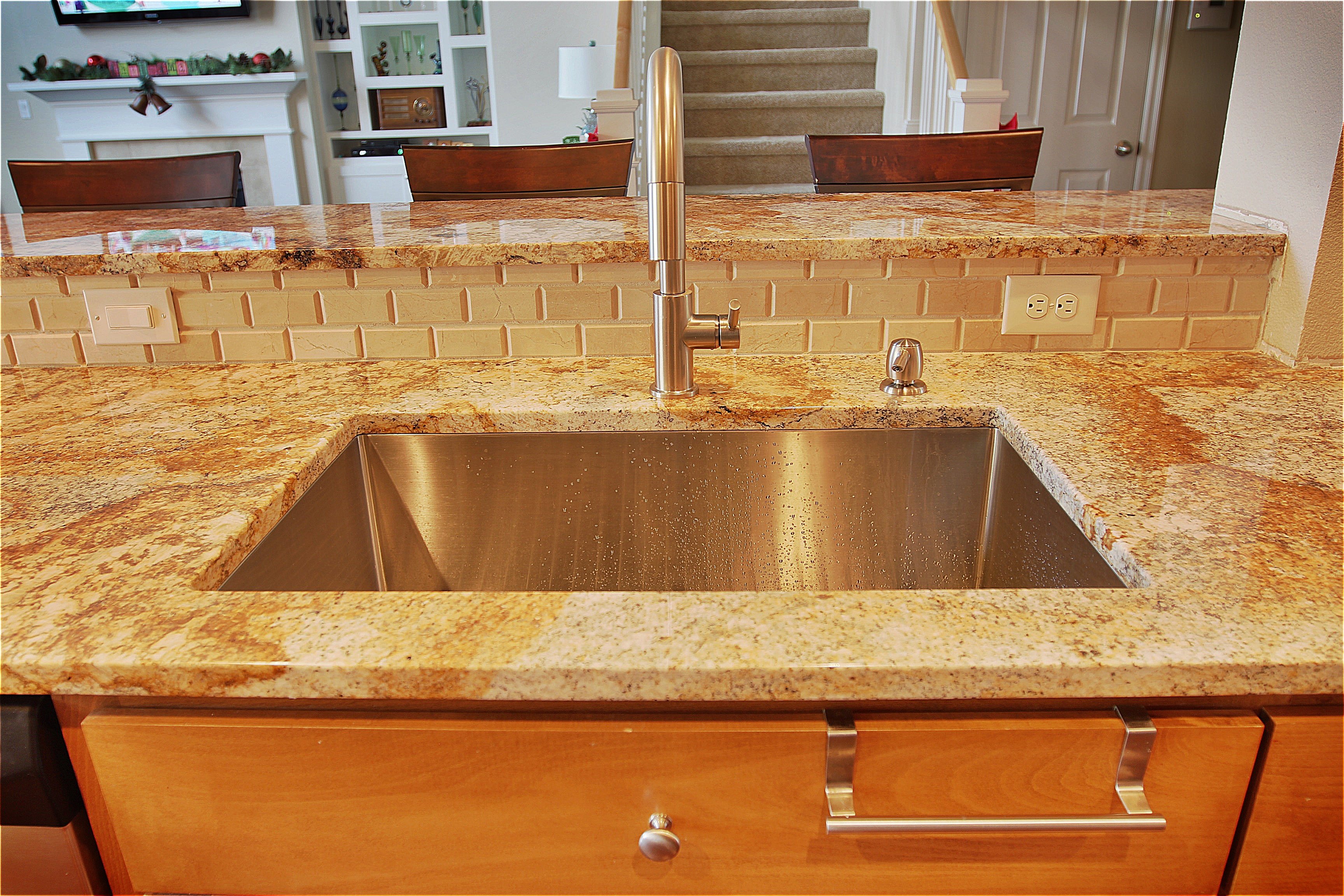
Functionality and Aesthetics
 When designing a kitchen, there are many factors to consider. From the appliances to the cabinets, every detail plays a crucial role in creating a functional and visually appealing space. One often overlooked element is the kitchen sink. While it may seem like a simple fixture, the type of sink you choose can greatly impact the overall design and functionality of your kitchen. This is where the undermount kitchen sink comes in.
Undermount kitchen sinks have become increasingly popular in recent years
, and for good reason. Unlike traditional drop-in sinks, undermount sinks are installed underneath the countertop, creating a seamless and modern look. This not only adds to the aesthetic appeal of the kitchen but also makes cleaning and maintenance much easier. With no edges or rims to catch dirt and debris, undermount sinks are a hygienic and practical choice for any kitchen.
When designing a kitchen, there are many factors to consider. From the appliances to the cabinets, every detail plays a crucial role in creating a functional and visually appealing space. One often overlooked element is the kitchen sink. While it may seem like a simple fixture, the type of sink you choose can greatly impact the overall design and functionality of your kitchen. This is where the undermount kitchen sink comes in.
Undermount kitchen sinks have become increasingly popular in recent years
, and for good reason. Unlike traditional drop-in sinks, undermount sinks are installed underneath the countertop, creating a seamless and modern look. This not only adds to the aesthetic appeal of the kitchen but also makes cleaning and maintenance much easier. With no edges or rims to catch dirt and debris, undermount sinks are a hygienic and practical choice for any kitchen.
Durability and Versatility
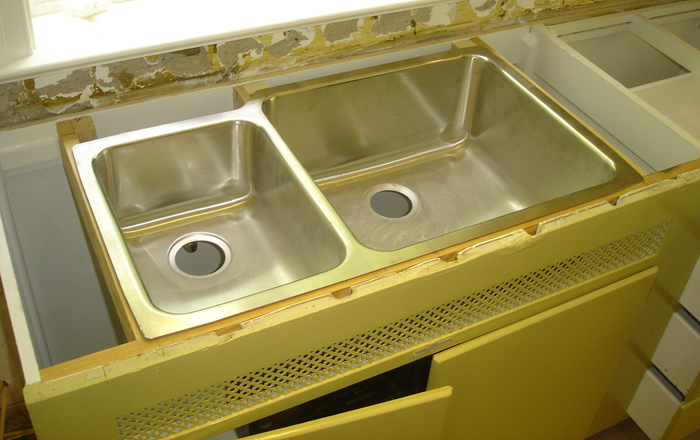 Another reason to choose an undermount kitchen sink is its durability. Most undermount sinks are made from high-quality materials such as stainless steel, granite, or porcelain, making them resistant to scratches, stains, and heat. This means they can withstand the daily wear and tear of a busy kitchen without losing their shine or functionality. Additionally, undermount sinks come in a variety of shapes, sizes, and styles, making them suitable for any kitchen design.
Whether you have a modern or traditional kitchen, there is an undermount sink that will complement your design perfectly.
From farmhouse style apron sinks to sleek and contemporary stainless steel options, the possibilities are endless. This versatility allows homeowners to personalize their kitchen and create a unique and cohesive space.
Another reason to choose an undermount kitchen sink is its durability. Most undermount sinks are made from high-quality materials such as stainless steel, granite, or porcelain, making them resistant to scratches, stains, and heat. This means they can withstand the daily wear and tear of a busy kitchen without losing their shine or functionality. Additionally, undermount sinks come in a variety of shapes, sizes, and styles, making them suitable for any kitchen design.
Whether you have a modern or traditional kitchen, there is an undermount sink that will complement your design perfectly.
From farmhouse style apron sinks to sleek and contemporary stainless steel options, the possibilities are endless. This versatility allows homeowners to personalize their kitchen and create a unique and cohesive space.
Increased Home Value
 Investing in an undermount kitchen sink not only enhances the functionality and aesthetics of your kitchen but also adds value to your home.
Recent studies have shown that kitchen renovations have one of the highest returns on investment for homeowners, with an average ROI of 70-80%.
By choosing a high-quality undermount sink, you are not only upgrading your kitchen but also increasing the value of your home.
In conclusion, when it comes to designing your dream kitchen, the type of sink you choose matters.
An undermount kitchen sink offers both functionality and aesthetic appeal, with its seamless design, durability, and versatility.
Not only will it make your daily tasks easier, but it will also add value to your home. So why settle for a traditional drop-in sink when you can elevate your kitchen design with an undermount sink? Make the switch today and see the difference it can make in your kitchen.
Investing in an undermount kitchen sink not only enhances the functionality and aesthetics of your kitchen but also adds value to your home.
Recent studies have shown that kitchen renovations have one of the highest returns on investment for homeowners, with an average ROI of 70-80%.
By choosing a high-quality undermount sink, you are not only upgrading your kitchen but also increasing the value of your home.
In conclusion, when it comes to designing your dream kitchen, the type of sink you choose matters.
An undermount kitchen sink offers both functionality and aesthetic appeal, with its seamless design, durability, and versatility.
Not only will it make your daily tasks easier, but it will also add value to your home. So why settle for a traditional drop-in sink when you can elevate your kitchen design with an undermount sink? Make the switch today and see the difference it can make in your kitchen.
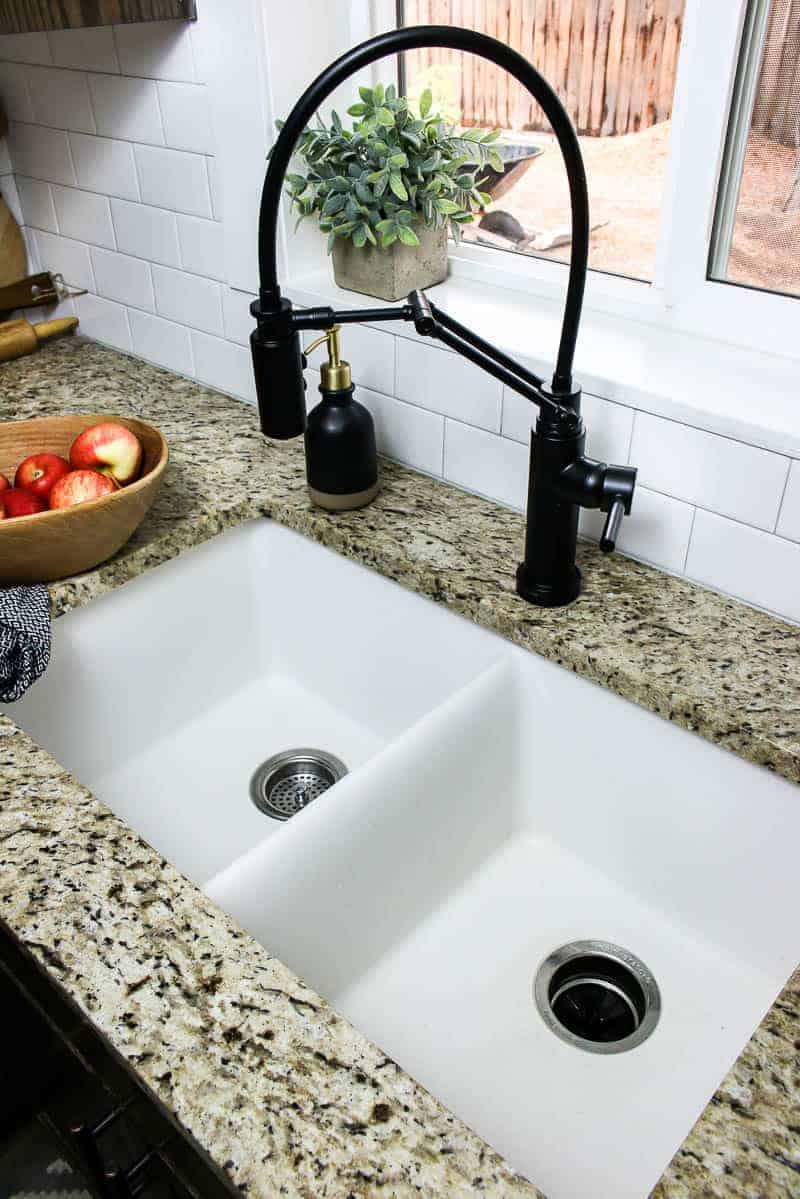
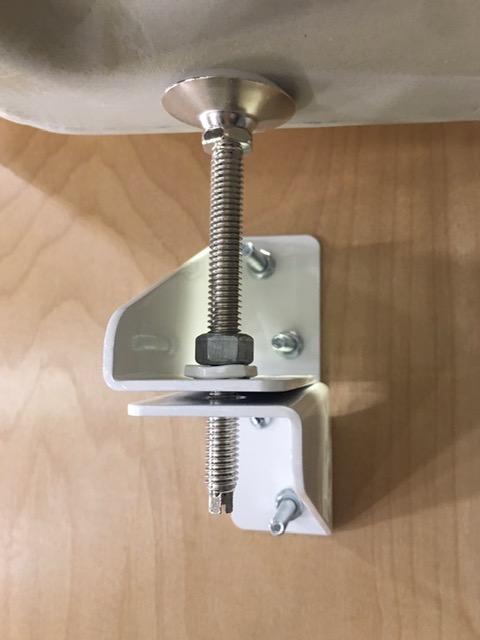


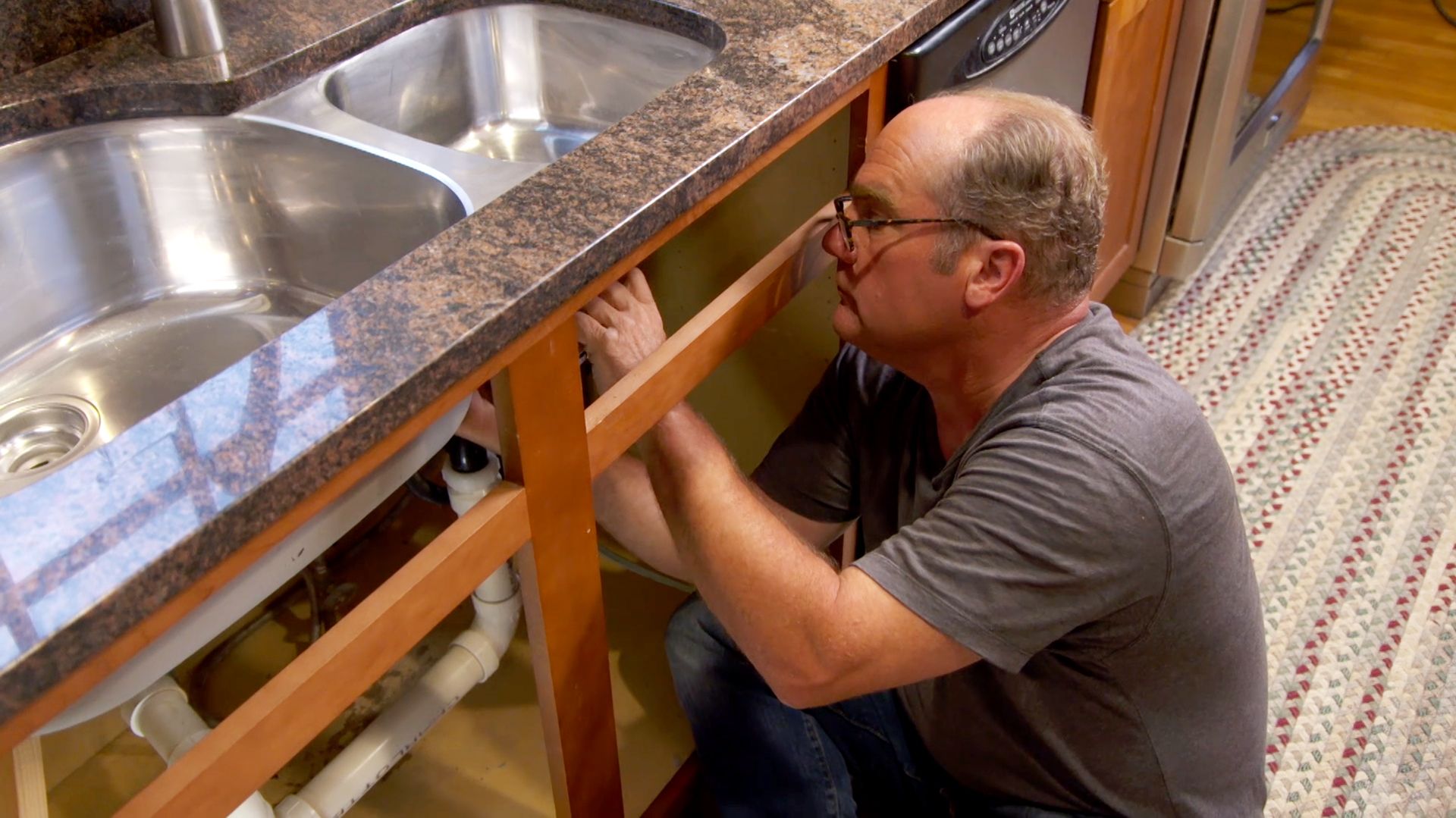


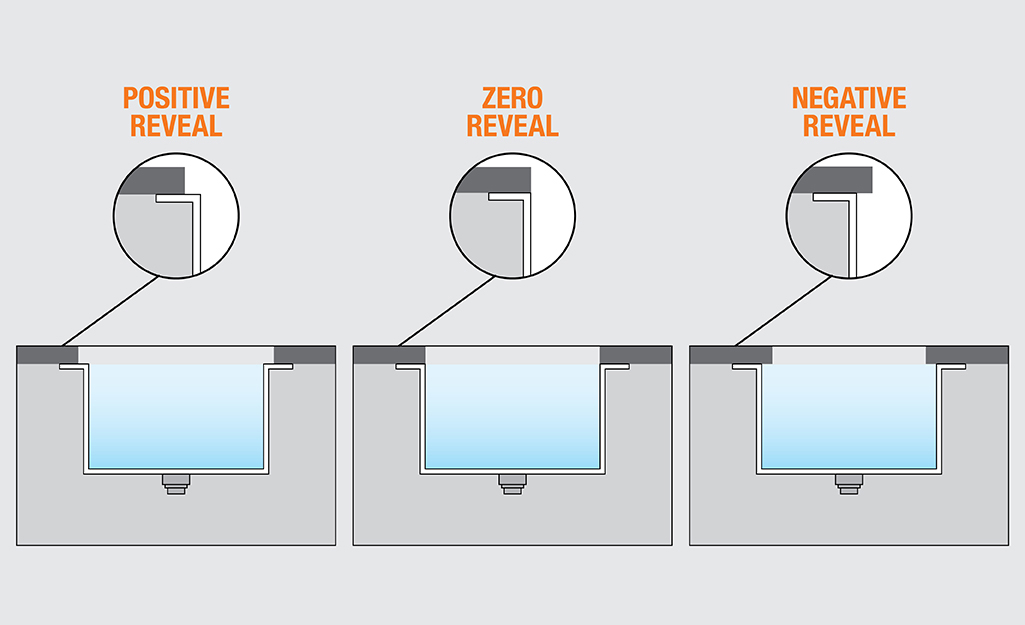


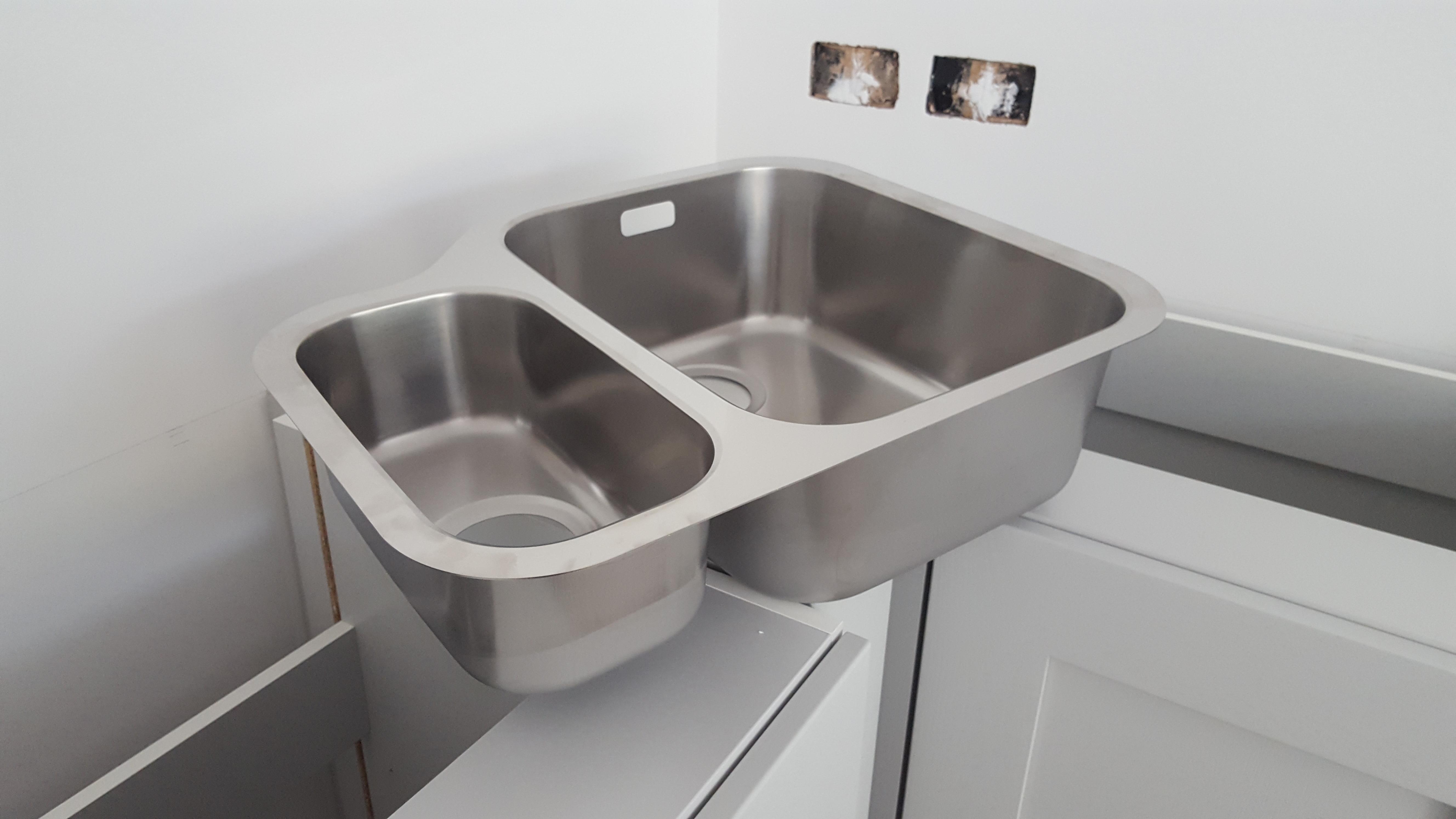

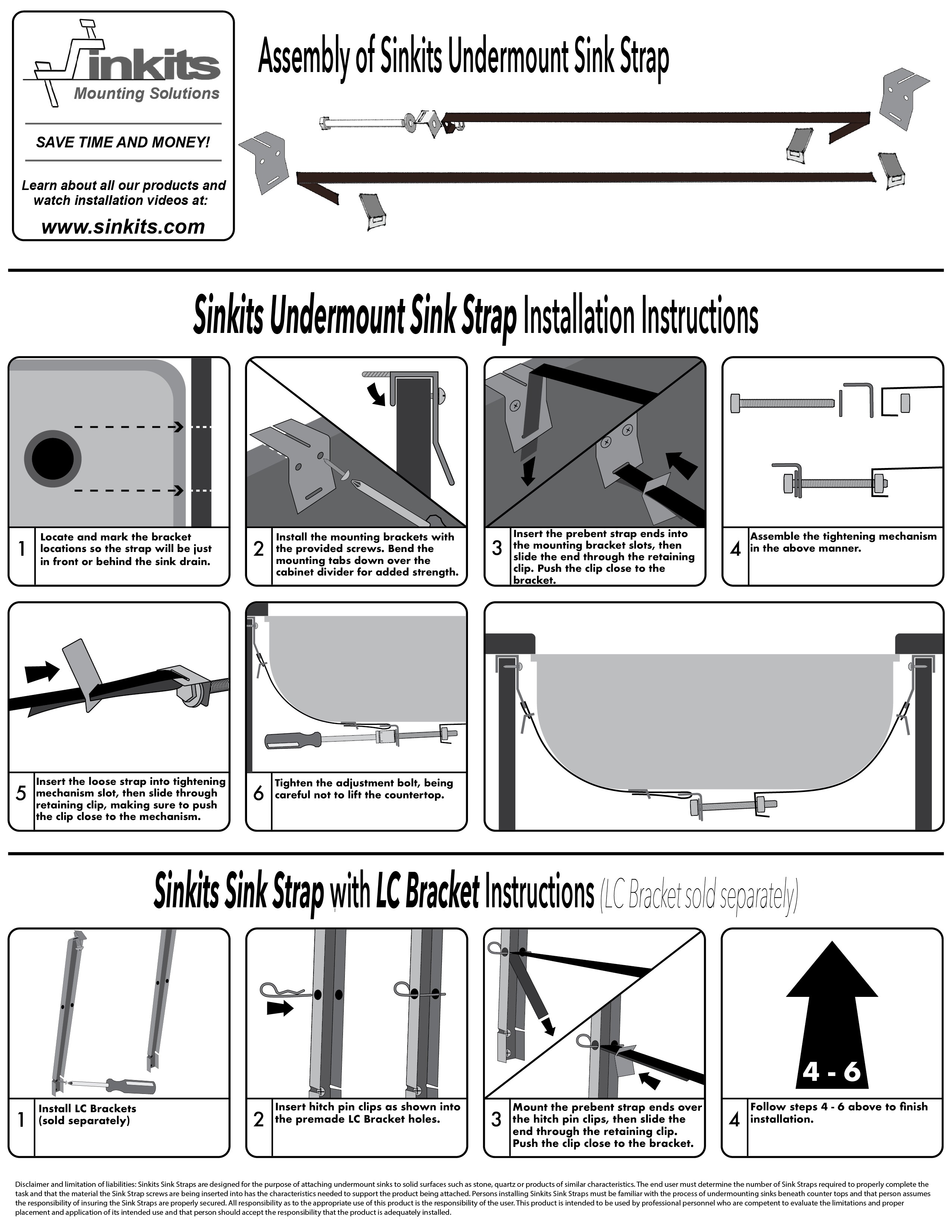

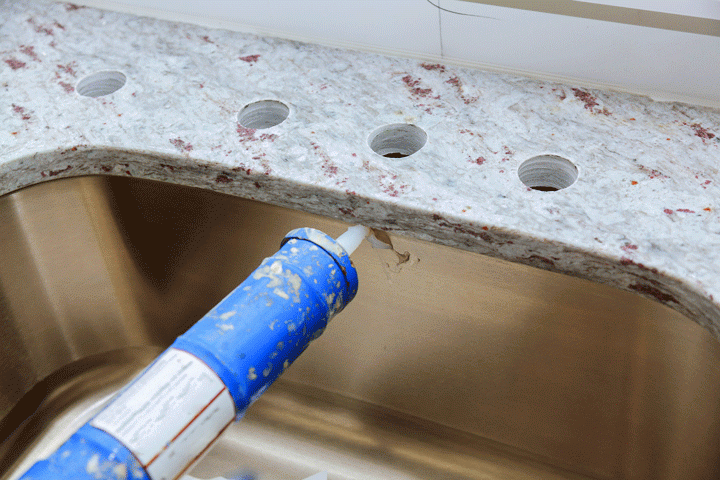


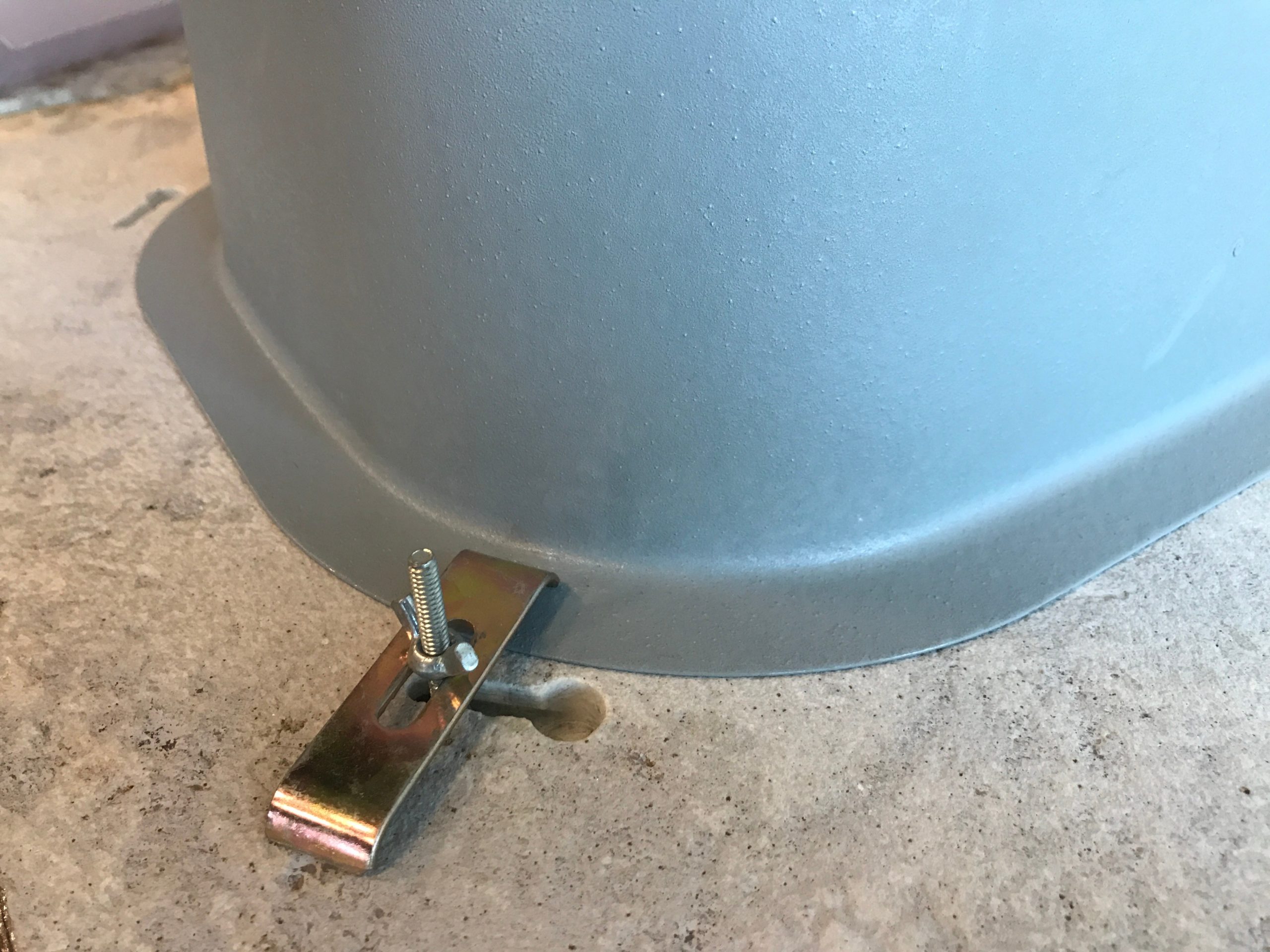



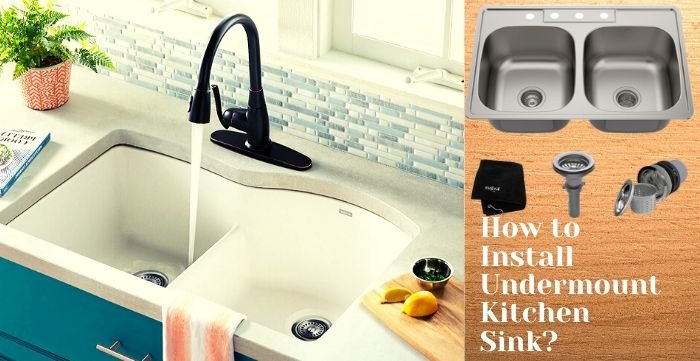

:no_upscale()/cdn.vox-cdn.com/uploads/chorus_asset/file/19495086/drain_0.jpg)
